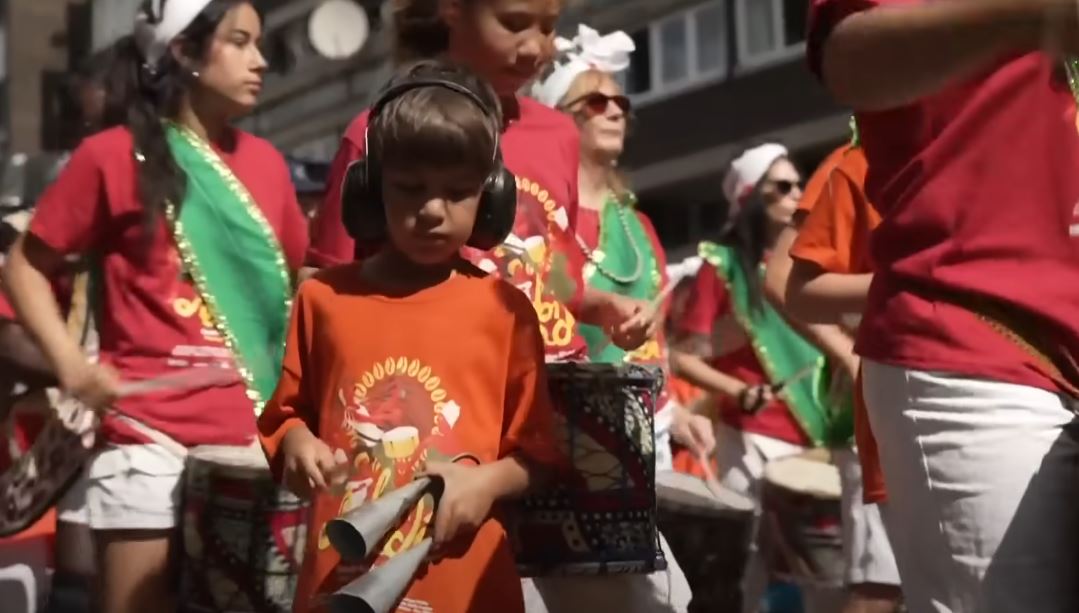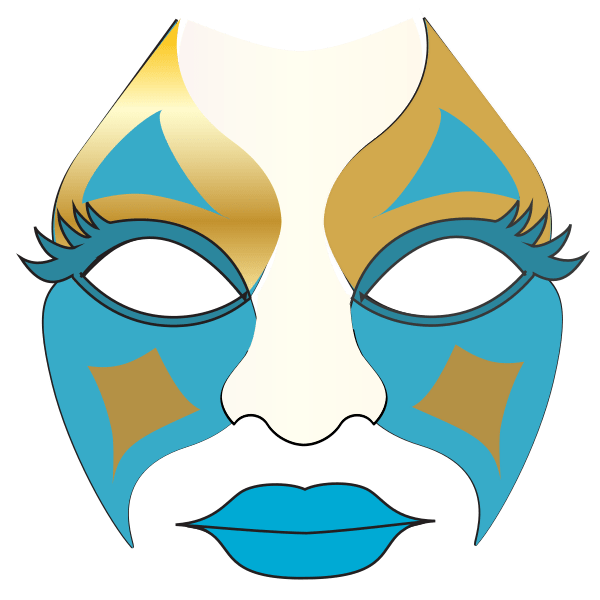
Notting Hill comes alive on the August Bank Holiday. Vibrant costumes sparkle in the sunlight, food vendors scream with Caribbean flavor, and the streets throb with soca rhythms. Beneath this rainbow of happiness, however, is a remarkably potent history that started with conflict rather than celebration.
The Notting Hill Carnival began as a form of cultural resistance amid racial unrest and post-war immigration. This festival turned a place of suffering into one of pride, much like when you plant sunflowers in the debris of a building that has been destroyed. Its tale is not only gripping, but it also demonstrates the strength of cultural identity and community resiliency.
📊 Origins of Notting Hill Carnival: Key Figures & Milestones
| Name | Role | Contribution | Date | Reference |
|---|---|---|---|---|
| Claudia Jones | Activist, journalist | Organized first indoor Caribbean Carnival in London | 30 Jan 1959 | Wikipedia – Claudia Jones |
| Rhaune Laslett | Social worker, community leader | Led the 1966 multicultural street festival in Notting Hill | Aug 1966 | London Museum – Carnival Origins |
| Russell Henderson | Steelpan musician | Led the first spontaneous steel band parade through the streets | Aug 1966 | Google Arts & Culture |
| Leslie Palmer | Carnival organizer | Expanded Carnival in the 1970s with sound systems, sponsorship, and costumes | 1973–1975 | Notting Hill Carnival Wiki |
| Windrush Generation | Caribbean immigrants to the UK | Brought Caribbean culture, music, and resistance that shaped Carnival’s identity | 1948–1971 | UK National Archives |
🌱 Claudia Jones: The Resistance-Based Carnival
Claudia Jones created a cultural lifeline rather than merely planning a party. Jones, a Trinidadian activist who was exiled from the United States, believed that music and art were extraordinarily powerful instruments for combating injustice. She organized London’s first indoor Caribbean Carnival, which took place in St. Pancras Town Hall in 1959.
This was no ordinary gala. Wrapped in celebration, it was a political statement. Following the race riots in Notting Hill in 1958, Jones’ event provided a secure and happy space for the Black community to come together. She not only gave hope to a discouraged diaspora but also established a new tradition by bringing Caribbean culture into the British public eye.
🥁 From Street Fayre to Steelband: The Vision of Laslett and Henderson
Rhaune Laslett, a local activist, planned a street fair in the summer of 1966 with the goal of bringing the diverse residents of Notting Hill together. When she asked Russell Henderson’s steel band to perform, something extraordinary happened even though her original idea wasn’t focused on the Caribbean.
Neighbors were compelled to join the band, dancing and parading as the steelpan rhythms reverberated through the winding streets. The Carnival’s natural transition from indoors to outdoors was that walkabout, which was inspired by music and driven by community. It was a movement literally born out of motion.
🔊 Leslie Palmer: The Man Who Made Carnival Roar
By the early 1970s, Carnival had established itself, but it still lacked a distinct voice. When Trinidadian educator Leslie Palmer took over, that changed. He took the event to a whole new level by adding sound systems, changing up the musical lineup, and bringing in sponsorship deals.
Palmer’s strategy was especially creative. He was aware that Carnival required infrastructure in order to thrive; nostalgia alone would not suffice. By means of strategic collaborations with artists and brands, he established an event that was both culturally expansive and economically viable.
🌍 Windrush Rhythms: A Celebration Passed Down through Generations
In addition to their bags, the Windrush generation brought recipes, steelpans, and a strong sense of self. Every float, feather, and sound system in Carnival is intricately woven with their influence.
Britain has become more aware of the influence of this generation during the last ten years. Carnival is now a platform for legacy rather than just a party. The sounds of Trinidad and Jamaica reverberating through West London’s streets serve as a loud, proud, and essential living history lesson.
🌈 The Significance of Carnival’s History
Notting Hill Carnival continues to be a timeless illustration of how culture can be both joyful and defiant as Britain navigates the waves of immigration, identity, and social change in the years to come. Its narrative offers a model for reclaiming public space for underrepresented groups.
Carnival maintains its relevance for upcoming generations by embracing rather than burying its roots. What started out as a means of combating exclusion has evolved into one of the world’s most inclusive festivals.
Beyond a Celebration
The beginnings of Notting Hill Carnival serve as more than just historical anecdotes; they are landmarks. Every significant event, from Laslett’s unplanned community parade to Claudia Jones’ incredibly successful cultural protest, shows a development propelled by vision, unity, and rhythm.
Carnival keeps reminding us that even in the face of hardship, something brilliant can come to light, as steel drums reverberate through Ladbroke Grove and flags fly from balconies. Like a mosaic created from shattered glass, its beauty is found in the individual pieces, each of which is unique but shines as a whole.
Thank you for reading!
Regards: Eugo
